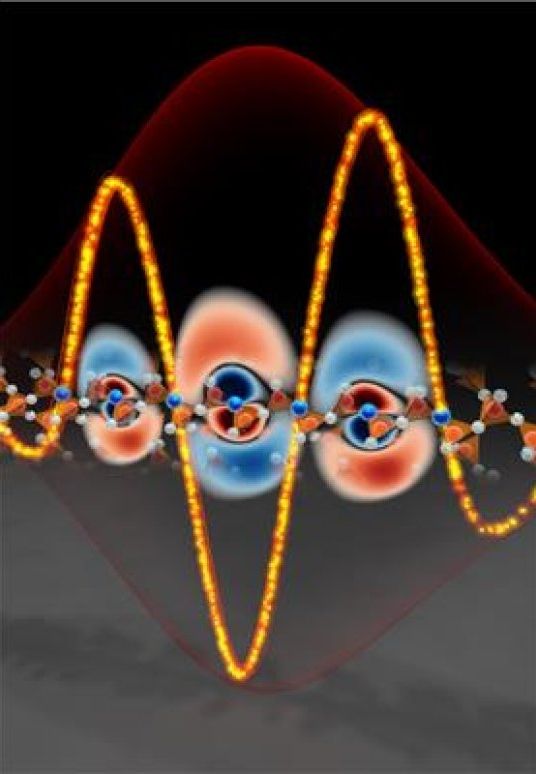Light waves might be able to drive future transistors. The electromagnetic waves of light oscillate approximately one million times in a billionth of a second, hence with petahertz frequencies. In principle also future electronics could reach this speed and become 100.000 times faster than current digital electronics. This requires a better understanding of the sub-atomic electron motion induced by the ultrafast electric field of light. Now a team of the Laboratory for Attosecond Physics (LAP) at the Max-Planck Institute of Quantum Optics (MPQ) and the Ludwig-Maximilians-Universität (LMU) and theorists from the University of Tsukuba combined novel experimental and theoretical techniques which provide direct access to this motion for the first time.
Electron movements form the basis of electronics as they facilitate the storage, processing and transfer of information. State-of-the-art electronic circuits have reached their maximum clock rates at some billion switching cycles per second as they are limited by the heat accumulating in the process of switching power on and off.
The electric field of light changes its direction a trillion times per second and is able to move electrons in solids at this speed. This means that light waves can form the basis for future electronic switching if the induced electron motion and its influence on heat accumulation is precisely understood. Physicists from the Laboratory for Attosecond Physics at the MPQ and the LMU already found out that it is possible to manipulate the electronic properties of matter at optical frequencies.










Comments are closed.